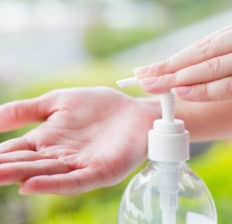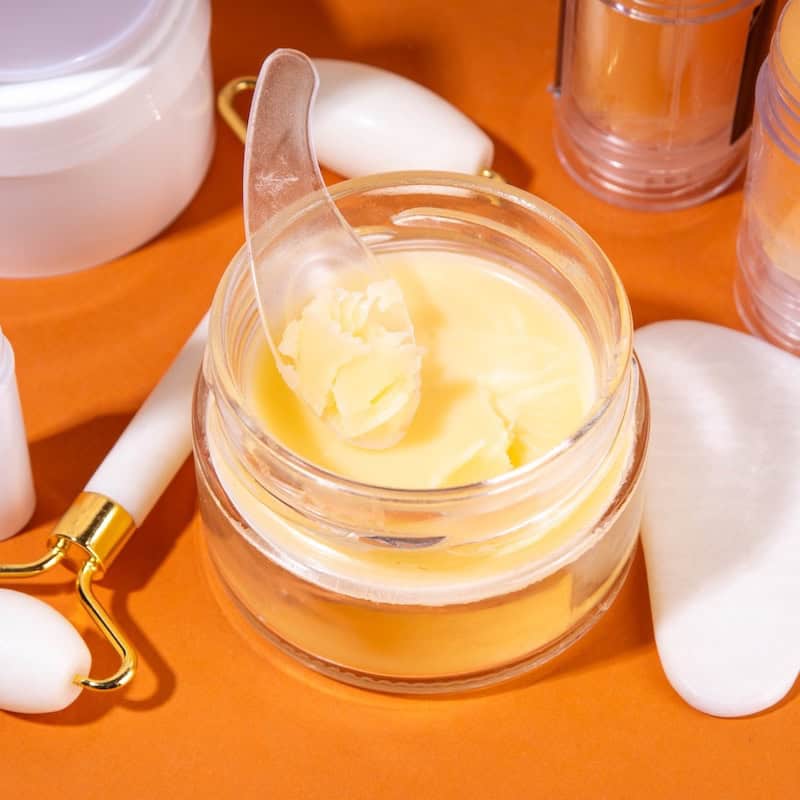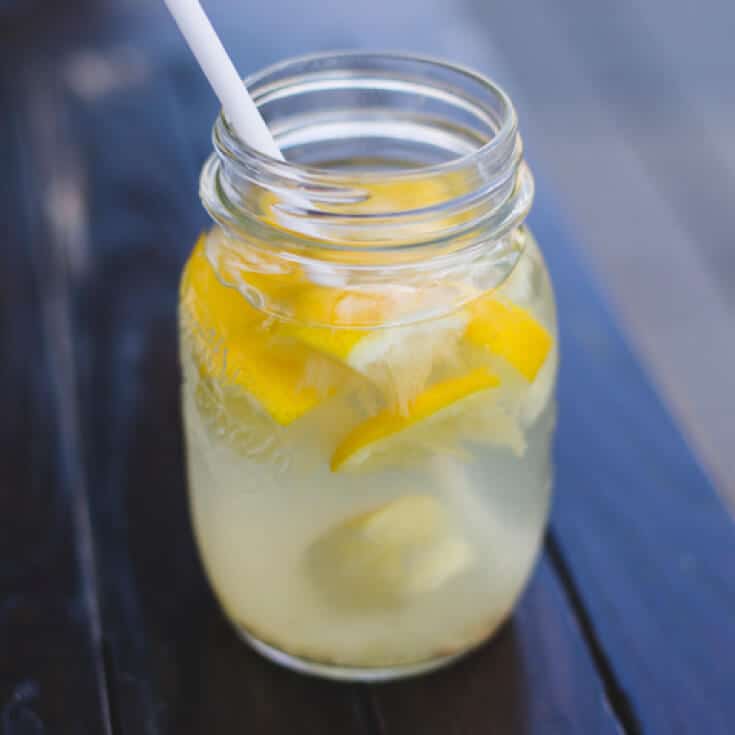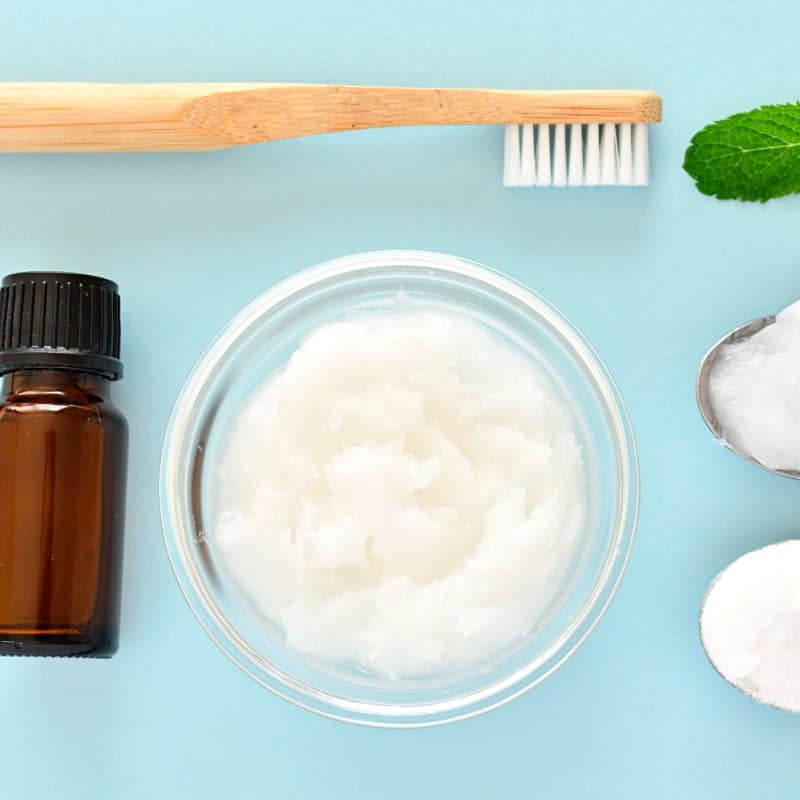This Dr. Axe content is medically reviewed or fact checked to ensure factually accurate information.
With strict editorial sourcing guidelines, we only link to academic research institutions, reputable media sites and, when research is available, medically peer-reviewed studies. Note that the numbers in parentheses (1, 2, etc.) are clickable links to these studies.
The information in our articles is NOT intended to replace a one-on-one relationship with a qualified health care professional and is not intended as medical advice.
This article is based on scientific evidence, written by experts and fact checked by our trained editorial staff. Note that the numbers in parentheses (1, 2, etc.) are clickable links to medically peer-reviewed studies.
Our team includes licensed nutritionists and dietitians, certified health education specialists, as well as certified strength and conditioning specialists, personal trainers and corrective exercise specialists. Our team aims to be not only thorough with its research, but also objective and unbiased.
The information in our articles is NOT intended to replace a one-on-one relationship with a qualified health care professional and is not intended as medical advice.
DIY Hand Sanitizer (with Aloe Vera!)
August 4, 2021

The No. 1 reason to use hand sanitizer is to reduce your chances of becoming risk by transferring germs from your hands to your face, especially your mouth and nose.
Without even realizing it you likely touch your face with your hands many times every single hour — and this is a bad news, considering that dangerous viruses and bacteria can live on surfaces like metal and plastic for up to several days, and on cardboard for a full day.
By cleaning your hands — ideally via regular hand washing throughout the day, but also with help from hand sanitizers — you can drastically cut down the amount of harmful microbes you pass from your environment to your body. And guess what? You can make your own homemade version using some basic ingredients — think a rubbing alcohol aloe vera hand sanitizer — you’d find in a drug store or online.
Ingredients
The Nebraska Medical Center indicated that they recommend using the following Homemade Hand Sanitizer ingredients and supplies:
- 2/3 cup 91 percent isopropyl alcohol (rubbing alcohol, the main disinfecting ingredient)
- 1/3 cup aloe vera gel (which is soothing to skin and also helps to bind the ingredients together)
- Optional: tea tree essential oil (you can also add other essential oils such as lemon or orange to give your hand sanitizer a fragrance). While Nebraska Medical Center didn’t specifically recommend tea tree oil, we believe it makes a good addition to homemade hand sanitizers considering studies show it has natural antimicrobial and antiviral effects. You may also want to vitamin E oil to help calm and nourish your skin, keeping it hydrated and clean.
- Mixing bowl and spoon, plus a small container, such as a 3 oz. travel bottle.
*Note: you do NOT want to use regular drinking alcohol such as vodka when making sanitizer. The key to effectively disinfecting your hands is to use an alcohol-based hand sanitizer that contains at least 60 percent alcohol. Vodka and similar liquors typically contains between 35 percent and 46 percent alcohol, far lower than isopropyl alcohol which is around 90 percent alcohol.
You also need to be sure to use enough rubbing alcohol in your recipe. Not using enough will dilute the strength of your sanitizer, making it less effective.
Where can you buy rubbing alcohol (isopropyl alcohol)? Look for it at pharmacies, drug stores and large grocery stores. It’s typically sold in 32 ounce bottles and is inexpensive. You may even have rubbing alcohol at home already, such as in a first aid kit.
How to Make
Here are directions for making a Homemade Hand Sanitizer using the ingredients (mainly rubbing alcohol and aloe vera) mentioned above:
- In a mixing bowl or ideally a blender, stir together your main hand sanitizer ingredients (isopropyl alcohol and aloe vera gel) until combined. A blender will likely give you the best results since it can be hard to mix alcohol and aloe by hand.
- Add the tea tree essential oil and vitamin E oil and stir or blend to incorporate.
- Pour the homemade hand sanitizer into an empty container. A bottle with a dispenser or flip top may be best for easily getting the mixture out. It will stay good for several months or longer.
How to Use
Keep hand sanitizer in your bag, car, etc. so you can apply it when you’re out-and-about and not somewhere near a sink — such as when you’re grocery shopping or getting takeout food. Think of it as a convenient and portable option for keeping your hands clean, however still be sure to wash your hands with soap regularly.
In order to get the most benefits from store bought and homemade hand sanitizers, keep these tips in mind when applying sanitizers to your hands:
- Apply a good amount of sanitizer to your palms then rub your hands together so you cover all surfaces. Be sure to rub your fingers and tops of your hands too. Keep rubbing until your hands feel dry.
- Let the sanitizer sit on your hands for at least 30 seconds (don’t wash it off right away, since alcohol needs time to work). You should wash your hands once you’re near a sink, and definitely before you eat or use the bathroom, however letting your hands completely dry first is a good indicator that the alcohol has been absorbed.
- If you are able to find sanitizer in stores, look for one with at least 60 percent alcohol, or ideally up to 95 percent ethanol or isopropanol. Avoid alcohol-free sanitizers since they may not be as effective, and also skip products that contain triclosan, an antibacterial agent that some medical professionals think can reduce the effectiveness of a hand sanitizer.
Vs. Hand Washing
While a bottle of sanitizer can be a convenient way to help cleanse your hands when you’re out and about, without access to soap and water, it shouldn’t replace regular hand-washing.
The CDC and most other health authorities consider hand washing with soap to be the “gold standard” for maintaining hand hygiene. This means that when soap isn’t available, use a hand sanitizer, but if you can wash your hands instead, do this.
How does the effectiveness of sanitizer compare to hand washing?
Washing your hands thoroughly with soap and water for at least 20 seconds (ideally about 40 seconds) is believed to be somewhat better at killing germs compared to lathering on sanitizer (rinsing with water alone, however, won’t help much to keep your hands clean). For example, sanitizers won’t kill certain types of bacteria that can cause illnesses linked to diarrhea and digestive problems.
The reason that soap is so effective at killing germs is because it dissolves and breaks through the fatty outer layer of the virus particles that are made up of lipids. This causes the particles to break apart and die, leaving them incapable of infecting someone.
Alcohol has a similar effect at dissolving germs, but sanitizer doesn’t actually remove the germs, dirt or debris from your hands like washing them does. Soap will cause germs to deconstruct, plus it will bind to them and remove them from your hands once you rinse them. To keep yourself protected from germs, be sure to wash your hands thoroughly before, during and after you visit a public place, have contact with people, eat and use the bathroom.
Drawbacks
In addition to being somewhat less effective than soap at killing a range of pathogens, too much hand sanitizer can be drying and irritating, especially if you have sensitive skin. Alcohol causes water loss in the skin and can lead to redness and other cracking if you over-do it, so try to use it when necessary but not all day long.
When it comes to both hand sanitizers (including those that are homemade) and other disinfectants, remember that under no circumstance should these products be ingested or put into the human body in other ways. They are only meant for cleaning your hands and/or surfaces in your home, never for “cleaning your insides.”
Print
DIY Hand Sanitizer
- Total Time: 5 minutes
- Yield: 30 applications 1x
Description
You can make your own homemade version using some basic ingredients you’d find in a drug store or online.
Ingredients
- ⅔ cup 91 percent isopropyl alcohol (rubbing alcohol)
- ⅓ cup aloe vera gel
- 12 drops tea tree oil
- ¼ teaspoon vitamin E oil (optional)
Instructions
- In a mixing bowl or ideally a blender, stir together your main hand sanitizer ingredients (isopropyl alcohol and aloe vera gel) until combined. A blender will likely give you the best results since it can be hard to mix alcohol and aloe by hand.
- Add the tea tree oil and optional vitamin E oil. Remix.
- Store in a glass container with a pump dispenser.
Notes
To use: Apply a good amount of sanitizer to your palms then rub your hands together so you cover all surfaces. Be sure to rub your fingers and tops of your hands too. Keep rubbing until your hands feel dry.
- Prep Time: 5 min
- Method: Blending









